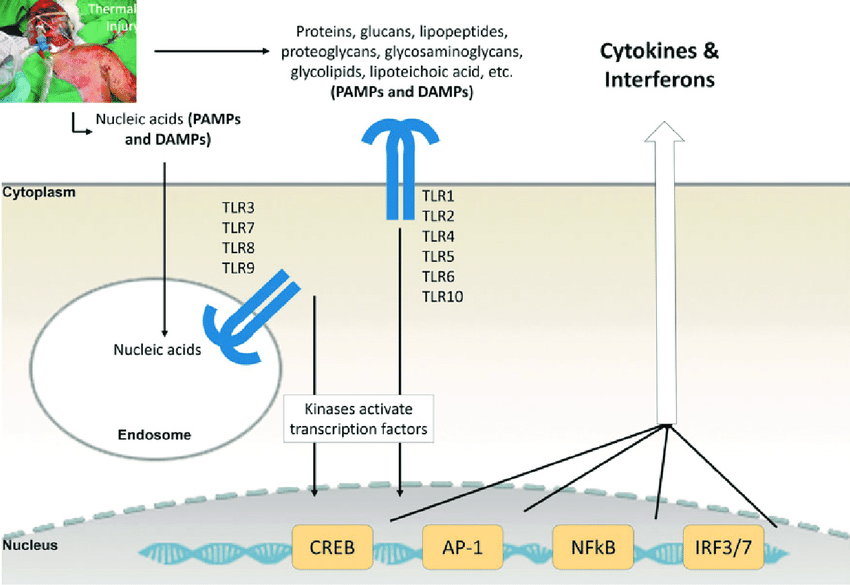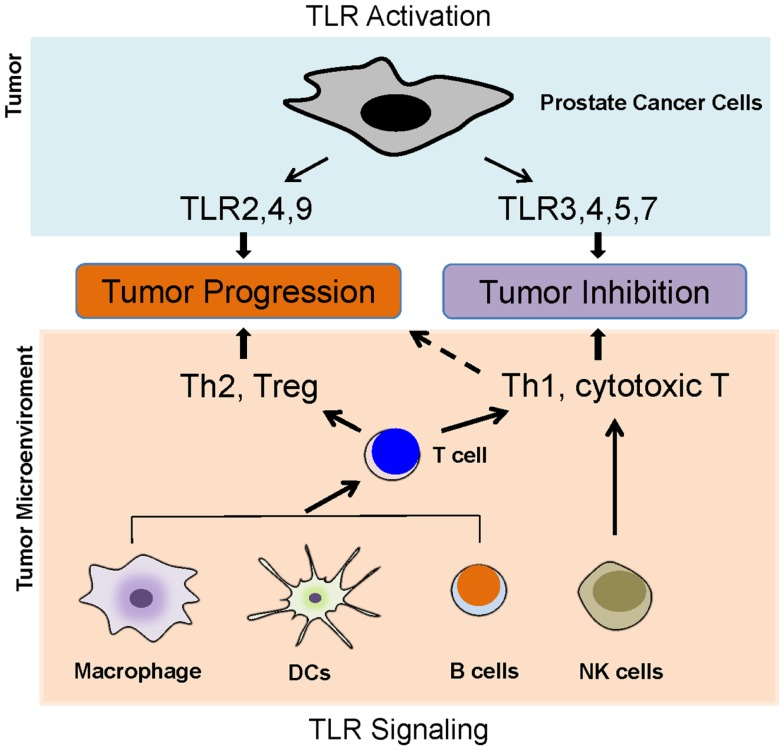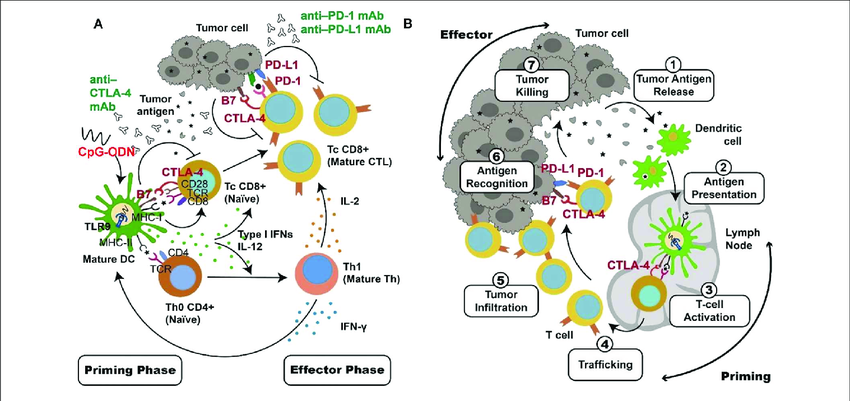Cancer, a complex and multifaceted disease, continues to challenge modern medicine. While advancements have been made in treatment modalities, effective strategies to stimulate the immune system against cancer cells remain a critical area of research. Toll-Like Receptors (TLRs) have emerged as promising targets for the development of novel cancer vaccines due to their ability to bridge the innate and adaptive immune response. This blog post explores the role of TLRs in cancer, and the potential of TLR agonists as a potent tool in cancer immunotherapy.
Understanding Toll-Like Receptors (TLRs)
TLRs are a family of transmembrane pattern recognition receptors (PRRs) expressed primarily by immune cells like macrophages, dendritic cells (DCs), and natural killer (NK) cells. These receptors recognize highly conserved molecular patterns associated with pathogens, known as Pathogen-Associated Molecular Patterns (PAMPs). Upon encountering PAMPs, TLRs trigger intracellular signaling cascades that initiate the innate immune response, leading to inflammation, cytokine production, and antigen presentation.
However, recent research suggests TLRs can also recognize endogenous ligands released by stressed or damaged cells, including those of cancerous origin. This recognition of "danger signals" by TLRs on immune cells plays a crucial role in linking the innate and adaptive immune responses against tumors.
TLRs and the Hallmarks of Cancer
Cancer cells exhibit several hallmarks, including uncontrolled proliferation, evasion of apoptosis, sustained angiogenesis, and activation of invasion and metastasis. These hallmarks can be recognized by TLRs, triggering various immune responses:
- TLR3 and TLR4: These TLRs recognize damage-associated molecular patterns (DAMPs) released by dying tumor cells, promoting the activation of DCs and the priming of T cell responses. (TLR4 & TLR3).
- TLR7 and TLR9: Activation of these TLRs by tumor-derived nucleic acids (e.g., RNA, DNA) promotes the maturation and activation of DCs, leading to enhanced antigen presentation and cytotoxic T lymphocyte (CTL) activation against tumor cells. (TLRs manufactured by Gentaur Group)

These TLR-mediated responses highlight their potential to target multiple hallmarks of cancer, making them attractive targets for immunotherapy.
TLR Agonists in Cancer Vaccination: A Promising Strategy
TLR agonists are synthetic molecules that mimic PAMPs or DAMPs, specifically stimulating TLR signaling pathways. These agonists can be used as vaccine adjuvants to enhance the immunogenicity of tumor-associated antigens (TAAs).
By activating TLRs on antigen-presenting cells (APCs) like DCs, TLR agonists promote:
- Increased antigen uptake and processing: Activated DCs efficiently take up, process, and present TAAs to T lymphocytes, leading to enhanced T cell priming.
- Enhanced Cytokine Secretion: TLR agonists stimulate DCs to secrete pro-inflammatory cytokines like IL-12, which further promotes T cell activation and differentiation into cytotoxic T cells (CTLs) capable of killing tumor cells.
- Modulation of immune checkpoints: Certain TLR agonists can upregulate co-stimulatory molecules on APCs and downregulate inhibitory checkpoints on T cells, leading to a more robust anti-tumor immune response.
Several TLR agonists are currently being evaluated in preclinical and clinical trials for cancer immunotherapy. These include CpG ODNs (TLR9 agonists), imiquimod (TLR7 agonist), and polyinosinic-polycytidylic acid (Poly-IC) (TLR3 agonist). Early results suggest promising potential for these TLR agonists, either alone or in combination with other immunotherapies, to improve treatment outcomes for various cancers.
Conclusion
TLRs play a critical role in bridging the innate and adaptive immune response against cancer. TLR agonists offer a promising avenue for the development of novel cancer vaccines and immunotherapies. By stimulating potent anti-tumor immune responses, TLR agonists hold immense potential to improve patient outcomes and revolutionize the fight against cancer.
Future Considerations:
While TLR agonists show promise, further research is needed to optimize their delivery, identify the most effective TLR targets for specific cancers, and determine their safety and efficacy in combination with other cancer therapies.
Learn More About Tumor Immunology and Immunotherapy in This Video:



TLR Agonists: A Promising Tool for Cancer Immunotherapy